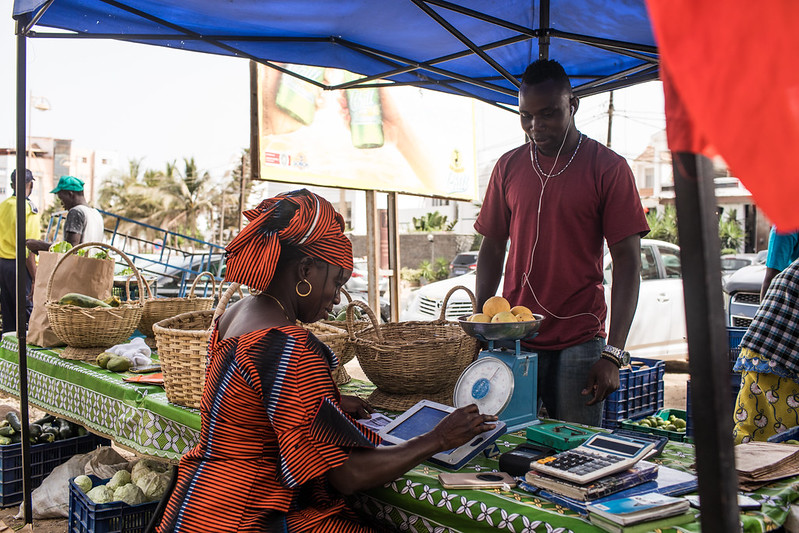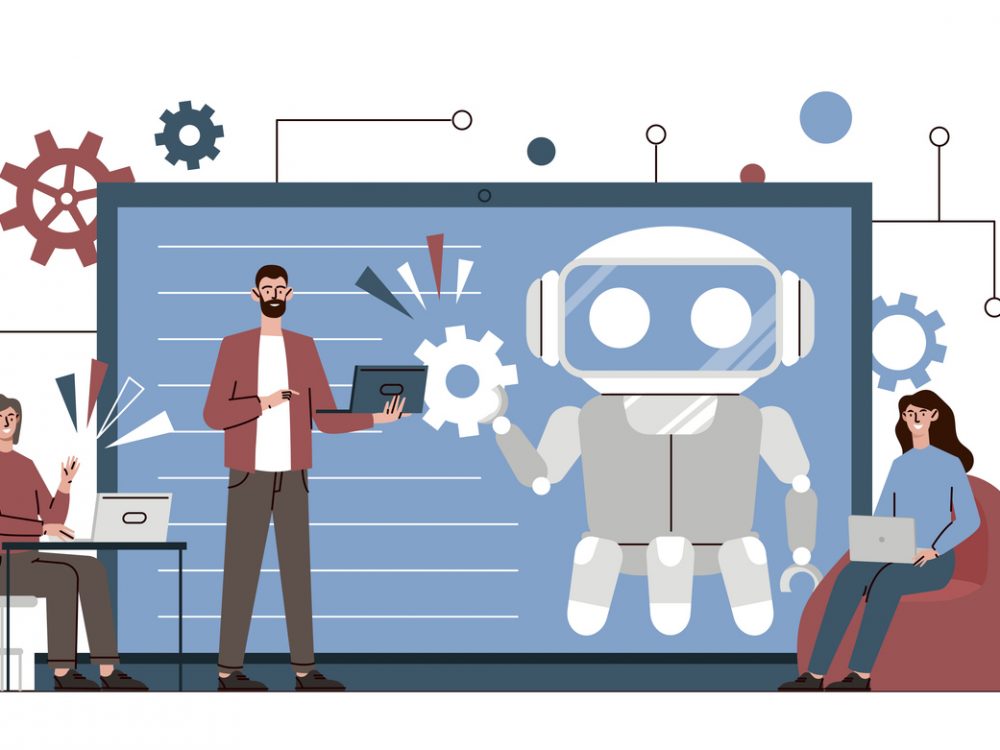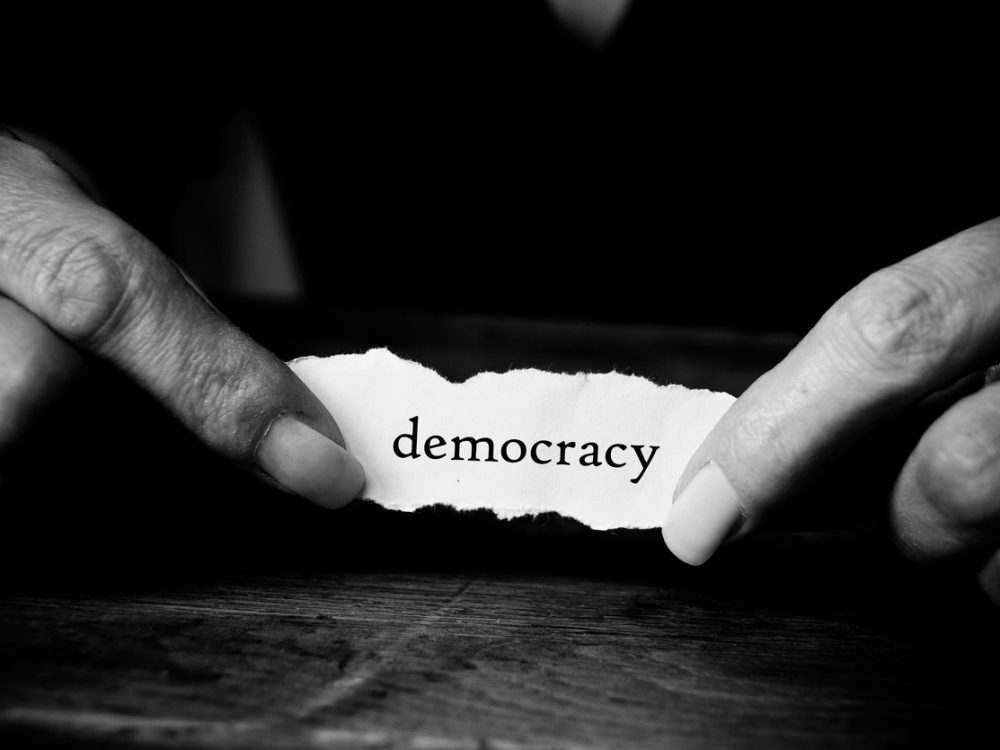
Advancing Digital Public Infrastructure: Emerging Practices for Creating Sustainable, Inclusive Systems at Scale
Digital public infrastructure (DPI) is a growing strategic priority for governments throughout the world as they seek to modernize service delivery, increase inclusion, preserve privacy, and strengthen decision-making in the digital age. This comes at a crucial time when access to digital technology has expanded, but the digital divide remains a source of inequality driven by numerous political, social, and economic factors.
From DG’s more than 20 years of experience in creating, delivering, and adapting open source and open data solutions, we’ve learned several best practices on how to make technology accessible and sustainable while prioritizing engagement from open source communities—these practices can be applied to building and implementing DPIs. In this blog, we’ll explore what DPI is, DG’s approach to DPI, and three best practices that can be used to ensure DPIs are effective and advance inclusion.
According to the United Nations Development Programme, DPI is the technological infrastructure supporting easily accessible, digitized, and connected services that allow individuals and groups to access a given type(s) of data. An individual might interact with DPI when they use their smartphone to access government and other services through an interoperable authentication and payment system.
A DPI should be secure as well as interoperable and governed by legal frameworks, according to the G20 Digital Economy Minister. Each component of a DPI should be built on open standards and specifications to deliver equitable services both from private and public organizations across society.
Just like railways and roads were instrumental in how economies and societies have evolved and integrated, DPI payment systems and data exchange protocols positively transform how people and businesses around the world access services. Done properly, DPIs are effective in creating inclusive opportunities and growth, combatting digital divides based on gender, class, geography, marginalized identities, and other factors.
The DPI-DPG Connection: DG’s Approach to DPI
While DPIs have the potential to be a game changer for any country—especially low- and middle-income countries where estimates suggest they can help accelerate economic growth by 20-33%, many countries are early in their journey and far from realizing these economic gains, as evidenced by monitoring of country-specific DPI progress. Fortunately, as countries develop DPIs, they can draw on proven digital public goods (DPGs) to build their systems. Many funders are focusing on creating these DPG building blocks—an example is The Bill and Melinda Gates Foundation funding for MOSIP and Mojaloop.
DPGs can be used to create or improve a country’s DPI, because they are software, AI models, standards, or content that are open-source (meaning their source code, design, and/or data sets are publicly available and can be replicated, modified, and shared freely) and are often interoperable and scalable, according to the Center for Digital Public Infrastructure.
At DG, we’ve developed two DPGs: The OC Portal and the Aid Management Platform, which have been used by more than 30 national and subnational governments globally. Through our work in developing these DPGs as well as creating and implementing other digital and data solutions, we’ve learned time and again that technology has the potential to make systems more inclusive; however, the design and implementation of such technology can also create or reinforce power imbalances. From our commitment to ensuring that our solutions are designed and implemented to increase inclusion, DG has learned these three best practices which can be applied to creating and implementing DPIs.
- Foster private and public sector collaboration on digital services
Building a DPI allows the private sector and government to collaboratively roll out DPI building blocks, including digital tools for identity verification, payments, and data exchange. For example, the India Stack was established to build digital platforms as a public good and foster a collaborative environment for both public and private sector entities, which has helped to bring hundreds of millions of citizens into the formal system and onto a path of technological disruption. This possible collaboration is a marked shift from traditional approaches in which governments owned the full-service delivery mechanisms. Such private and public sector collaboration requires trust and healthy competition; however, to establish trust and healthy competition, both sectors must deeply understand national interest and individual organization needs and agree upon a balance between both.
Balancing needs is something that we have successfully navigated in our Visualizing Insights on Fertilizer for African Agriculture (VIFAA) program, which is aimed at supporting policymakers and private sector access to fertilizer data across eight countries. In VIFAA, we have seen improved private and public sector collaboration throughout the program, but particularly in Nigeria where both the private and public sectors knew the value of investing in and improving countrywide fertilizer data sets (available here: africafertilizer.org). DG supported the development of data sharing mechanisms such as non-disclosure agreements and governance protocols that facilitated the active sharing of foundational datasets necessary for Nigeria’s fertilizer policy and availability.
- Ensure citizens derive value from their data
In order for individuals or groups to effectively engage with systems, including DPIs, they must trust the actors behind said systems. We’ve found that one of the most vital ways that governments can create trust in (and through) data systems is by actively demonstrating specific benefits to the public.
In our agriculture work, we see smallholder farmers increasingly using digital technologies (i.e., AgTech) to increase their profits and production, improve processes, and reduce risks. Unfortunately, these farmers often face data practices which can undermine their trust and adoption of digital tools—which prevents them, and society, from fully engaging and accessing the full benefits of these tools.
A study that we did on farmer-centric data governance was based on the premise that AgTech providers must address unbalanced power dynamics by meaningfully involving farmers in the processes of ownership and governance of their data (i.e., the creation and participation of data governance approaches). In the study, we found that different implementations of fair and equitable data governance models can increase farmer participation while guarding farmers against potential disadvantages and exploitation. More work can be done to study, understand, adopt, and scale innovative approaches to participatory data governance across all sectors, which will ensure the maximum impact of DPI investments. In the meantime, through our farmer-centric study, we know that citizens are individually and collectively more likely to engage with and trust a system if they understand and see the demonstrated benefits it can afford them. Ensuring that the value of a DPI is clear to all stakeholders will likely increase engagement with it.
- Prioritize interoperability, data governance, and data exchange
Finally, to ensure the successful implementation of data and technical solutions, DG has found that prioritizing interoperability, data governance, and data exchange can help increase efficiency and prevent redundancy in a given system. After all, effective governance of digital infrastructure requires frameworks for data sharing, data integration, and system connections to safeguard cyber security, citizen privacy, competition, and consumer protection.
DG’s understanding of interoperability, data governance, and data exchange has led us to such work as our aLIVE program, in which we have partnered with Ethiopia’s Ministry of Agriculture to create data standards, governance protocols, and open source technical architecture to establish interoperability between five existing government platforms related to the country’s livestock sector.
In building DPI, interoperability, data governance, and data exchange are essential to allow each component of the DPI to smoothly operate independently and collaboratively. In other words, such DPIs will allow regulators to regulate and innovators to innovate. Given the proliferation of digital systems—typically created in different software languages, with different data models, and with varying levels of openness in licensing and use—over the past 20 years, holistic approaches to establishing the standards, governance, processes, and technology for data exchange present one of the most complex and important tasks for the DPI movement.
What’s Next?
At DG, we’ve long prioritized ensuring data and digital solutions are tailored to specific country needs and always with the final person using the system in mind—and DPIs provide an opportunity to do this on a new scale. After all, we have reached an inflection point in digital development where public-serving institutions can achieve more with technology than ever before (while also being less trusted than ever to do so in a just, equitable, and efficient way). At their best, DPIs center people and their rights, focusing on citizen technology access, engagement, and empowerment. We’re excited to see the potential good from DPIs come to fruition, and to help ensure this happens, we’re committed to our longstanding mission of supporting the use of data, technology, and evidence to create more effective, responsive, and trusted institutions.
Check out the second blog in this series here.
Share
Recent Posts

Accelerating Institutions: How DG’s 25 Years Create Unique Value for AI
As AI reshapes the digital landscape, we share in this blog DG’s approach to helping institutions adopt it effectively using clear use cases, strong data foundations, and decades of experience to cut through hype and prioritize ethical, sustainable impact.

Reflecting on 3 Years of Digital Advisory Support for Agricultural Transformation
As the DAS program concludes, this blog reflects on its impact in advancing digital transformation in agriculture, highlighting lessons on capacity building, knowledge transfer, and sustaining resilient food systems.

Democratizing Digital or Digitizing Democracy in 2025?
The line between democratizing digital and digitizing democracy is increasingly blurred. This blog explores how applying democratic principles to digital governance can strengthen trust and ensure technology truly serves people.